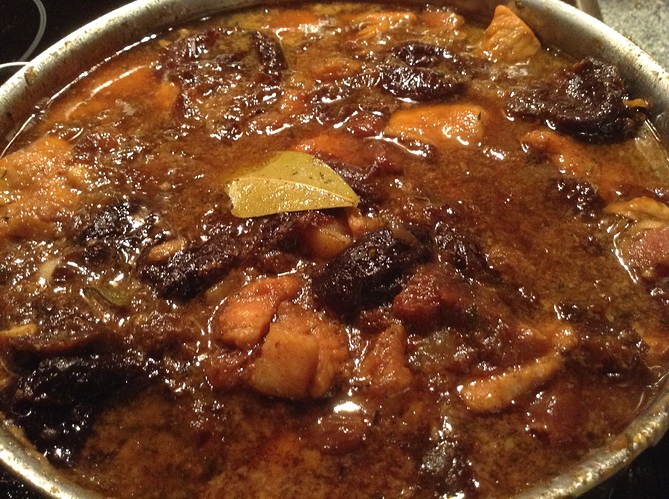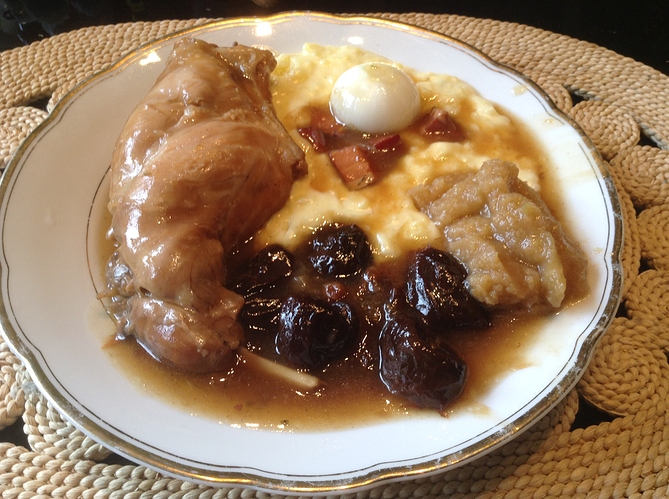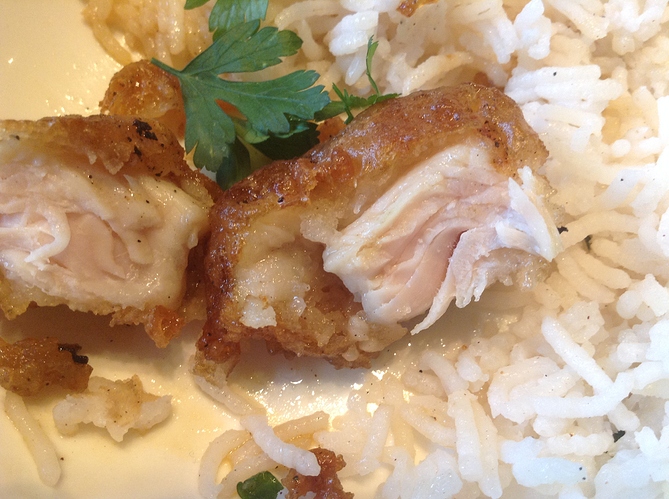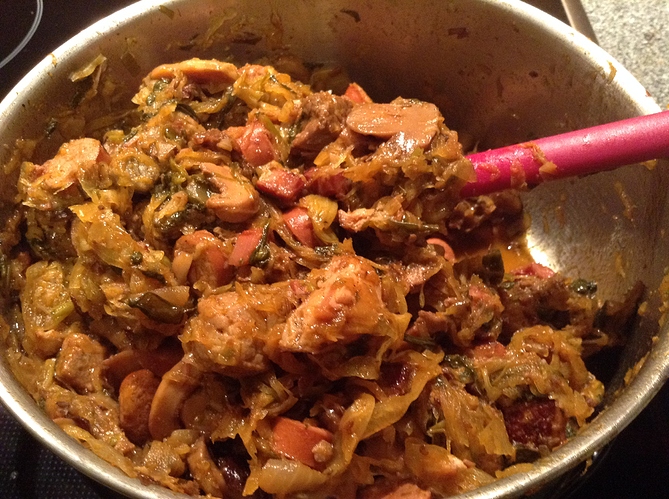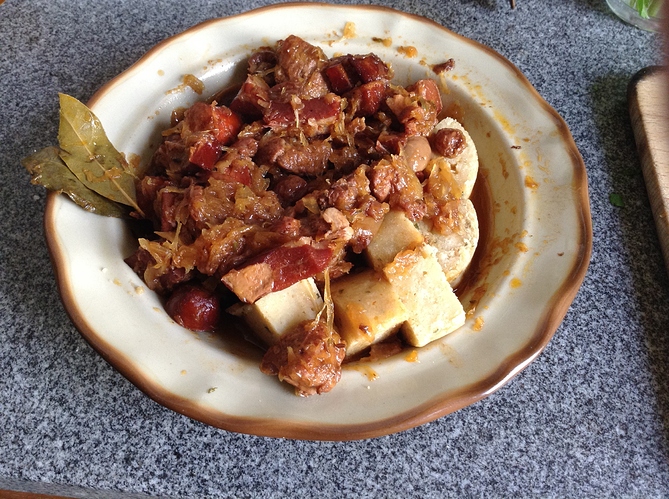Korean Honey-Butter Chicken
brined, deep fried chicken nuggets, glazed with butter & honey
extra crispy and super tender 
for 1kg of chicken meat
- chicken breast, cut in biteable small chunks
- water; 1/2 liter for brining & 1/4 liter ice-cold water for the batter;
- salt; 2 tablespoons
- sugar; 4 tablespoons for brining & 1/16 liter for the honey-butter dressing;
- rosemary; a bit
- garlic; ~4 cloves; peeled & smashed
- ginger; 6 small slices
- flour for the batter; 1/4 liter
- potato or corn starch; 1/4 liter
- baking soda; 1 tablespoon
- oil for deep frying
- honey; 1/16 liter
- butter; 100g
- soy sauce; 1/16 liter
- parsley as garnish
First wet brining:
Cut the meat in biteable, small chunks.
Take a big bowl, put the meat pieces inside and fill it with 1/2 liter of water
add 2 tablespoons of salt & and 4 tablespoons of sugar
add a bit of rosmary, smashed garlic cloves (no need to slice them),
and several small slices of ginger;
Seal the bowl airtight and put it in your refrigerator for 24h.
24h later:
Take your meat pieces out of the bowl, rinse them,
and put them in another bowl.
Now you make the batter by carefully adding ice cold water to yet another bowl of flour, starch and baking soda, while stirring well.
(It does not matter, should ice cubes fall into your batter … don’t worry they will melt^^)
The batter should be creamy … so stirring can take a while.
Now add the brined meat chunks to your batter and distribute it well.
Prepare 3 bowls & a wok:
-> bowl a) with your batter covered, brined meat pieces
-> bowl b) empty, layered with kitchen roll towels
-> wok c) should be on your cooking plate between bowls [a] & [b]
-> bowl d) also empty layered with kitchen roll towels, should be in reserve
Put oil for deep frying in your wok on high heat.
Carefully take a battered meat piece out of bowl [a]
and deep fry it in your wok, then put the piece in the bowl [b] to rest.
Repeat this process for all meat pieces.
(keep the amount of pieces you deep fry at the same time to a low amount … aka don’t be greedy^^)
Now exchange bowl [a] with bowl [d] and repeat the deep frying process.
So we are taking the fried meat chunks out of bowl [b], deep fry them in the wok again, and let them rest in bowl [d].
Now take a big pot and put 1/16 liter honey, 1/16 liter sugar, 1/16 liter soy sauce and 100g butter inside.
Bring it to the point of boiling and take it away from the heat.
Now put your fried meat pieces in it.
Stir it carefully but well, so that all of the pieces can enjoy their honey-butter dressing 
DONE
P.S.: serve with rice, garnish with parsley
P.P.S. good videos for this dish can be found here and here
P.P.P.S.: You cannot deep fry in butter, since it can’t handle the temperature.
Do not use canola oil for deep frying, since this would generate a smell that won’t leave your kitchen for days.
P.P.P.P.S: I use a wok for deep frying, since this vastly reduces the amount of oil I need, but …
… deep frying in a wok, when you have small kids at home, is a disaster waiting to happen!
When you have little kids reaching up and grabbing things all the time, this is a very serious hazard.
So I would suggest, that you should be deep frying at a time, when they are asleep or still in kindergarden/primary school. 


 just let me know, what I should change^^
just let me know, what I should change^^

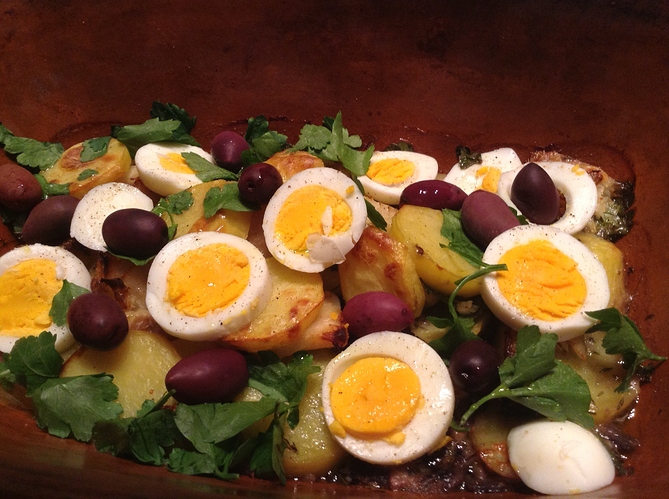
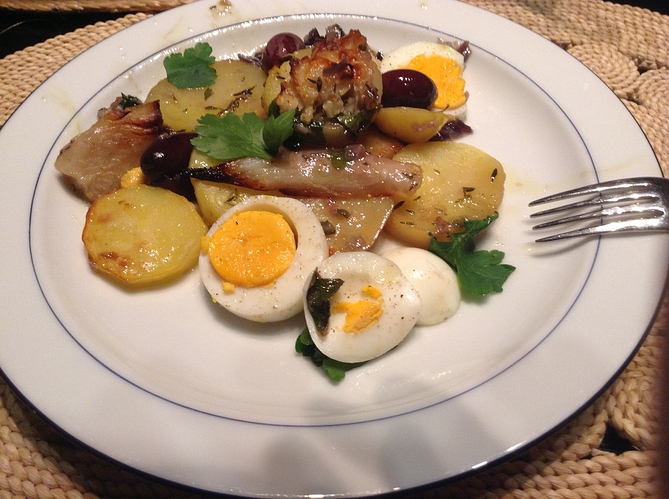
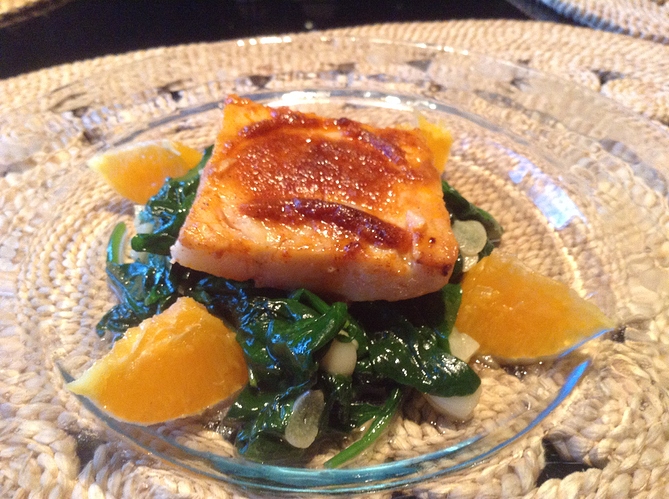
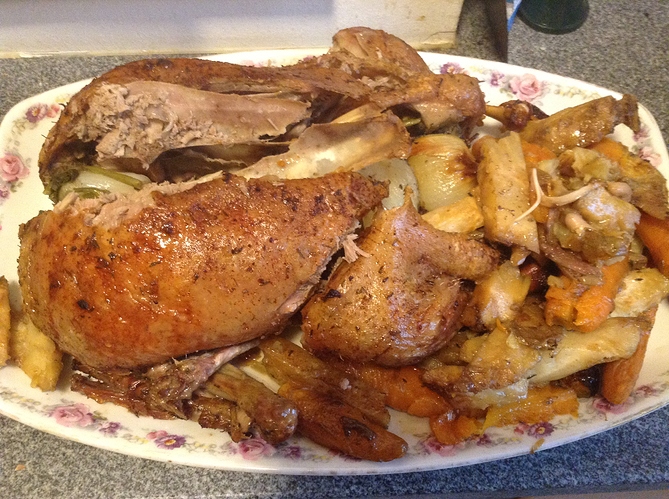

 Before you start, you need to fill the clay pot as well as the lid with water, and let them rest for 10min. This is super important.
Before you start, you need to fill the clay pot as well as the lid with water, and let them rest for 10min. This is super important.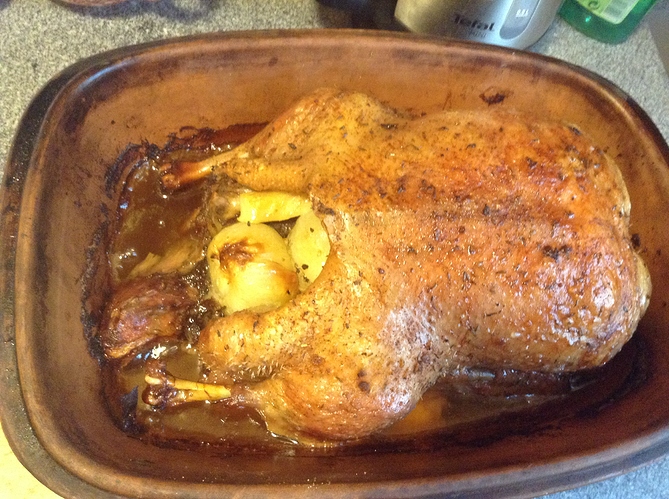
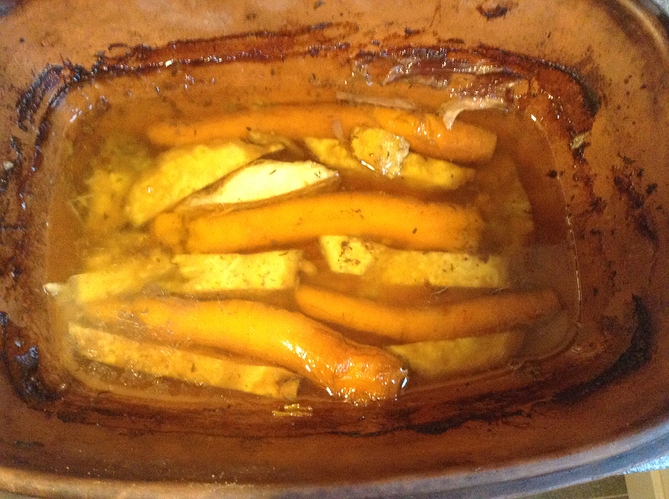



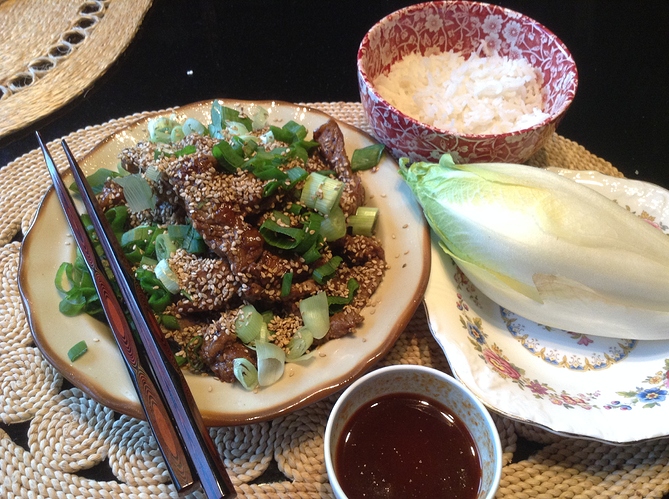

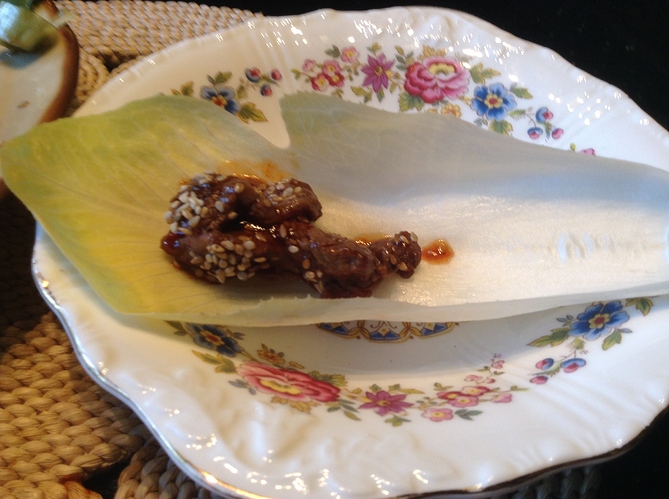
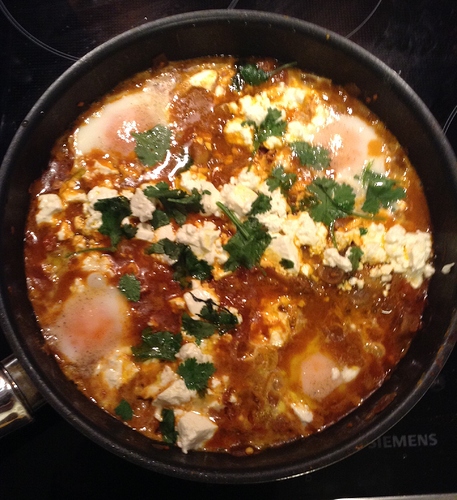
 c
c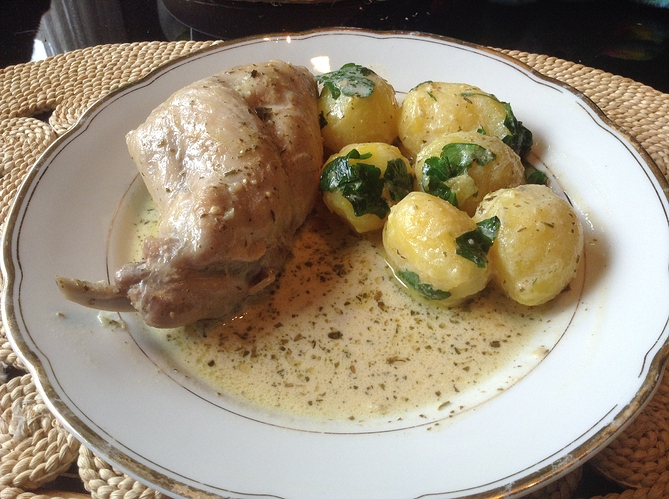

 everyone
everyone 